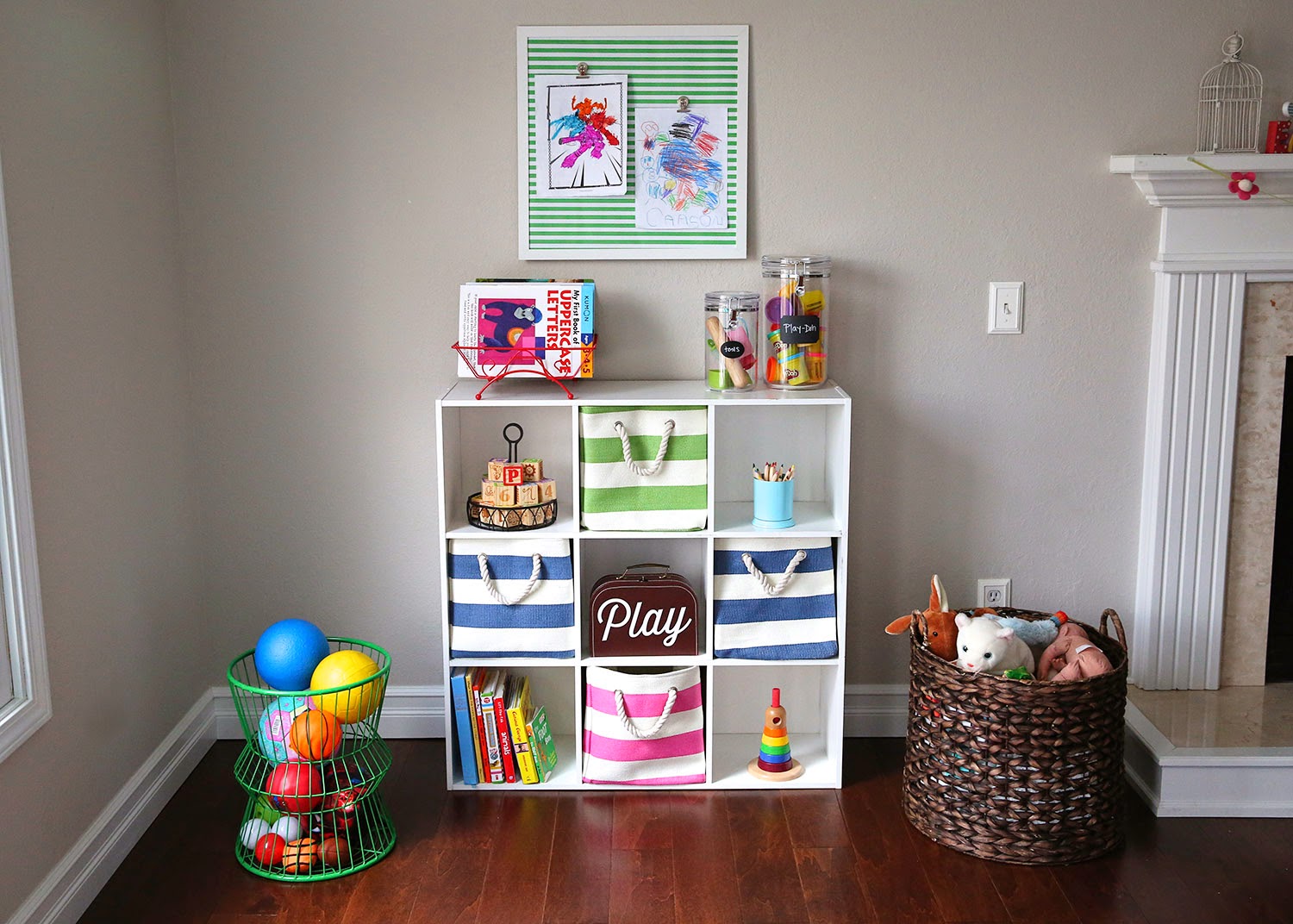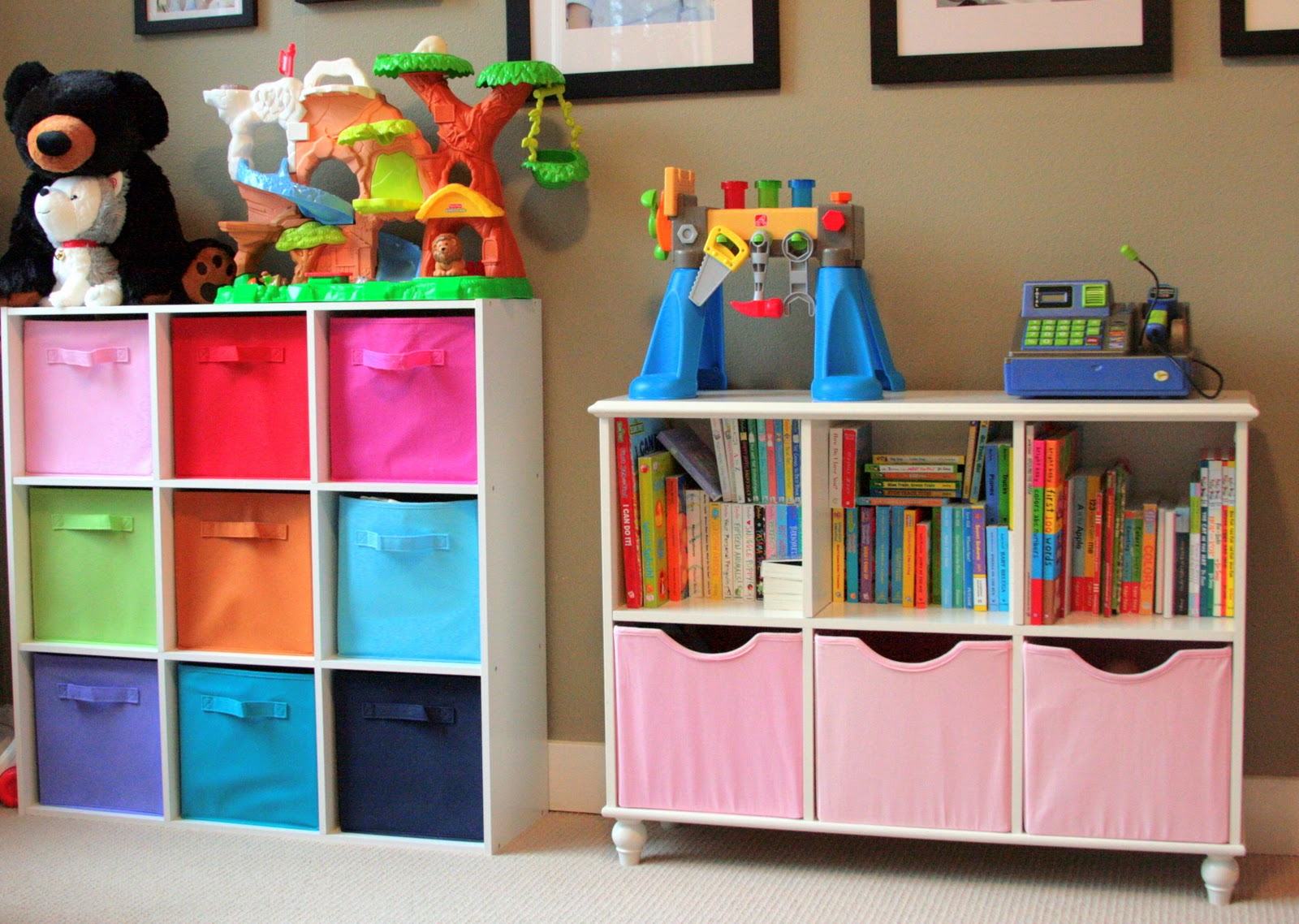Maximizing Vertical Space

In small bedrooms, every inch of space counts. Utilizing vertical space for toy storage is an efficient and effective way to keep toys organized and accessible without sacrificing precious floor area. This approach allows you to create a more spacious and functional environment for children to play and explore.
Vertical Storage Solutions, Toy storage ideas for small bedrooms
Vertical storage solutions are key to maximizing space in small bedrooms. These options provide a multitude of storage possibilities while maintaining a clean and organized aesthetic.
- Shelves: Open shelves are versatile and can be customized to accommodate various toy sizes. They offer easy visibility and accessibility for children, encouraging them to participate in putting away their toys.
- Cubbies: Cubbies provide designated compartments for different types of toys, promoting organization and visual appeal. They are especially useful for storing larger items like stuffed animals, building blocks, or sports equipment.
- Wall-mounted Organizers: Wall-mounted organizers, such as pegboards or baskets, offer a practical and space-saving solution. They can be used to store smaller toys, craft supplies, or even books, freeing up floor space and keeping clutter at bay.
Maximizing Vertical Space in Small Bedrooms
Beyond traditional storage solutions, there are numerous ways to maximize vertical space in small bedrooms.
- Space Above Doorways: The area above doorways is often overlooked but can be utilized for storage. Install shelves or hanging organizers to store items that are not frequently used.
- Under Beds: Utilize the space under beds with storage drawers, pull-out bins, or lift-up beds with built-in storage compartments. This provides a hidden and efficient way to store seasonal items or less frequently used toys.
- Wall-mounted Hooks: Install wall-mounted hooks to hang backpacks, sports equipment, or even clothing, freeing up valuable floor space.
Visual Representation of a Small Bedroom with Vertical Storage Solutions
Imagine a small bedroom with a single bed, a small desk, and a playful rug. The wall behind the bed is adorned with open shelves that display colorful bins filled with toys. A large cubby unit sits next to the desk, providing ample storage for larger items. Above the doorway, a hanging organizer stores seasonal clothing or toys. The wall next to the bed features a pegboard with hooks and baskets for organizing smaller items. The space under the bed houses storage drawers, providing a hidden compartment for less frequently used items.
Smart Storage Solutions: Toy Storage Ideas For Small Bedrooms

In small bedrooms, every inch of space counts. Smart storage solutions are key to maximizing functionality and minimizing clutter. These solutions go beyond basic shelving and drawers, offering innovative ways to utilize every nook and cranny.
Multi-Functional Furniture
Multi-functional furniture is a game-changer for small bedrooms. These pieces seamlessly combine storage with everyday use, maximizing space and functionality. For instance, storage beds offer ample storage space beneath the mattress, perfect for storing seasonal items, bedding, or even suitcases. Ottomans with storage can double as seating while providing a hidden compartment for blankets, toys, or books. Desks with built-in drawers provide a workspace and a place to organize stationery, electronics, or other essentials.
Organization and Labeling

A well-organized toy storage system is crucial in a small bedroom, not only for maximizing space but also for fostering a sense of order and promoting efficient play. Clear labeling and categorization play a vital role in creating an intuitive and accessible storage system, making it easy for children to find what they need and put things away independently.
Labeling Strategies
Clear and consistent labeling is key to an organized toy storage system. It allows children to easily identify and locate their favorite toys, encouraging them to participate in the process of tidying up.
- Picture Labels: These are especially effective for younger children who may not yet be able to read. Using images of the toys or categories on containers allows them to quickly recognize and find what they are looking for.
- Color-Coding: Assigning a specific color to each category of toys can help children visually distinguish between different groups. For example, blue containers could be for building blocks, green for art supplies, and yellow for stuffed animals.
- Categorical Labels: Using clear and concise labels that describe the contents of each container, such as “Building Blocks,” “Dress-Up Clothes,” or “Cars and Trucks,” provides a simple and effective way for children to understand the organization system.
Benefits of Clear Containers
Transparent containers offer numerous advantages for toy storage. They provide a visual overview of the contents, making it easy for children to locate specific toys without having to rummage through multiple bins.
- Easy Identification: Clear containers allow children to see the toys inside, making it easy for them to choose what they want to play with.
- Accessibility: Transparent bins make it easier for children to access their toys, encouraging them to put them away independently.
- Organization: Clear containers help to maintain a sense of order within the storage system, allowing children to see what is available and where things belong.
Example of a Well-Organized Toy Storage System
Imagine a small bedroom with a dedicated storage area near the play area. The area features a set of shelves with clear plastic bins labeled with both pictures and words. For example, one shelf might have a bin labeled “Building Blocks” with a picture of blocks, another bin labeled “Cars and Trucks” with a picture of a car and truck, and a third bin labeled “Dress-Up Clothes” with a picture of a dress and a hat. Below the shelves, a set of drawers with clear fronts could be used for smaller toys, each drawer labeled with a picture and a word describing the contents. This system provides a clear and accessible way for children to store and retrieve their toys, fostering a sense of order and promoting independent play.
